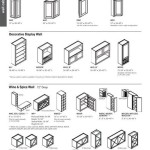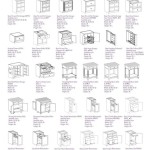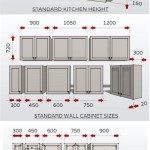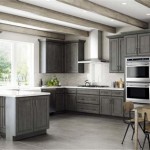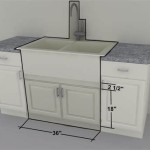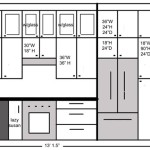Install Hardwood Floors Before Kitchen Cabinets: Essential Considerations
The decision of whether to install hardwood floors before or after kitchen cabinets is a crucial one that can significantly impact the outcome of your kitchen remodeling project. While both approaches have their pros and cons, installing hardwood floors before kitchen cabinets often emerges as the preferred choice due to several key advantages.
Benefits of Installing Hardwood Floors Before Cabinets
1. Seamless Transitions
Installing hardwood floors before cabinets ensures smooth and seamless transitions between the flooring and cabinets. This creates a cohesive and polished look, eliminating any unsightly gaps or uneven edges that could detract from the overall aesthetics of your kitchen.
2. Enhanced Stability
Hardwood floors provide a stable subfloor for kitchen cabinets, reducing the risk of movement or settling over time. When cabinets are installed directly on the subfloor, they may be more susceptible to damage or shifting, especially in areas with high traffic or heavy appliances.
3. Easier Maintenance
With hardwood floors installed before cabinets, cleaning and maintaining your kitchen becomes more manageable. You can easily sweep, mop, or vacuum the floor, even under and around cabinets, without the obstruction of toe kicks or other cabinet components.
4. Increased Durability
Hardwood floors installed before cabinets are less likely to become damaged during the cabinet installation process. The protective layer of the hardwood flooring provides a barrier against scratches, dents, or spills that could occur while moving and positioning heavy cabinetry.
5. Improved Ventilation
Gaps between hardwood flooring and cabinets allow for better ventilation and airflow under the cabinets. This helps prevent moisture buildup, mildew, or mold growth, which can be detrimental to both the flooring and cabinets.
Installation Considerations
To ensure a successful installation, consider the following tips:
1. Subfloor Preparation
The subfloor must be level, clean, and dry before installing hardwood floors. Any unevenness or moisture issues can affect the stability and longevity of the flooring.
2. Expansion Gaps
Leave expansion gaps around the perimeter of the room and between the hardwood flooring and walls to accommodate for seasonal expansion and contraction of the wood.
3. Cabinet Base Installation
After the hardwood floors are installed, the cabinet bases should be secured directly to the subfloor using screws or nails. This ensures stability and prevents the cabinets from shifting.
4. Toe Kick Installation
Toe kicks are installed on the front of the cabinet bases to fill the gap between the cabinets and the floor. Make sure to seal the gap between the toe kick and the hardwood flooring to prevent moisture or debris from entering.
Conclusion
Installing hardwood floors before kitchen cabinets offers numerous advantages, including seamless transitions, enhanced stability, easier maintenance, increased durability, and improved ventilation. By carefully planning and executing the installation process, you can create a beautiful, functional, and long-lasting kitchen that will enhance your home for years to come.

Do You Install Flooring Before Cabinets Best Practices Reallyfloors America S Est Hardwood

Do You Install Flooring Before Cabinets Best Practices Reallyfloors America S Est Hardwood

Should You Install Flooring Or Cabinets First 50 Floor

Why It S Better To Install Kitchen Floors Before Cabinets Domain

Before Or After Cabinet Installation Four Considerations To Help Finalizing Your Flooring Kraftmaid

Before Or After Cabinet Installation Four Considerations To Help Finalizing Your Flooring Kraftmaid

Cabinets Or Hardwood Floors First Two Case Studies

Everything You Need To Know About Installing Wooden Floors In The Kitchen

Do You Install Floating Floor Under Cabinets Wood Flooring

Cabinets Or Flooring First New Construction Tips Abhp America S Best House Plans Blog
Related Posts

